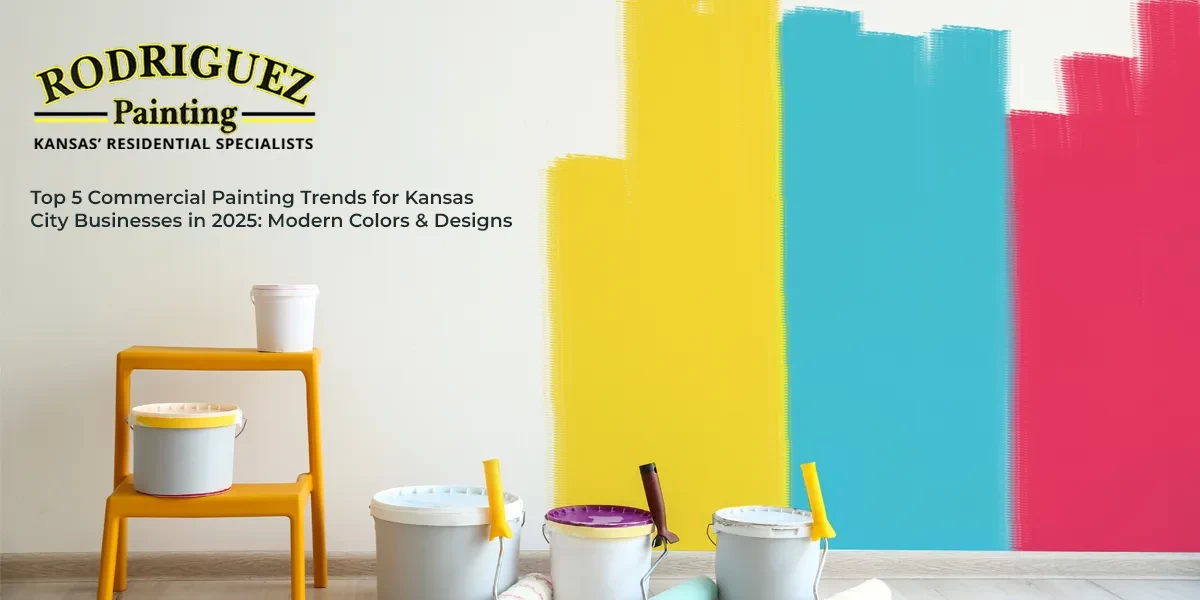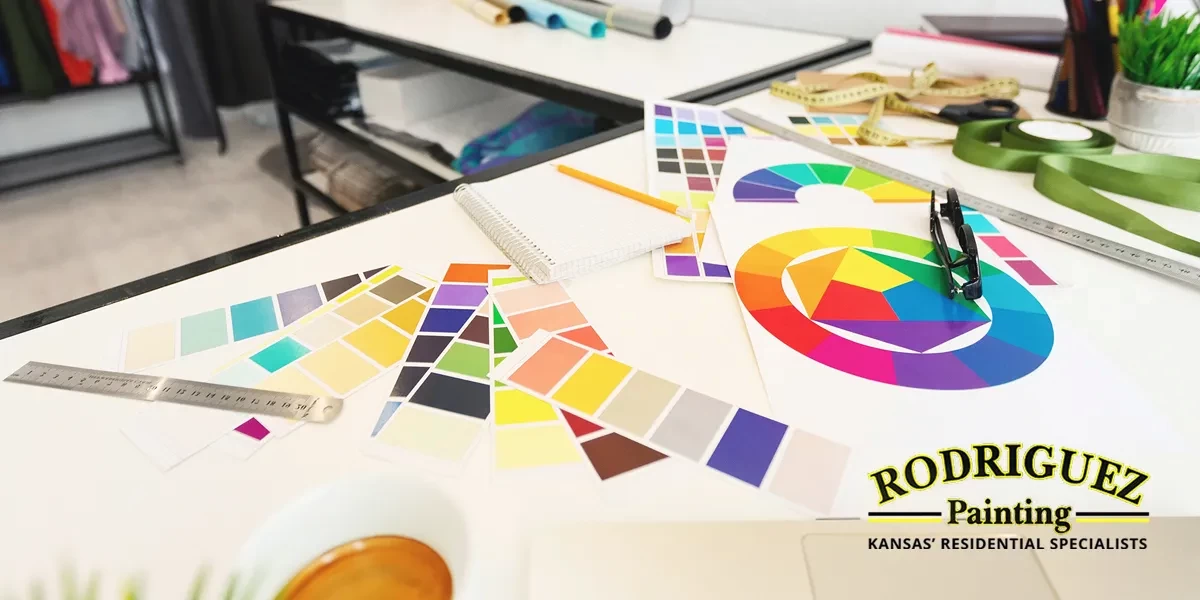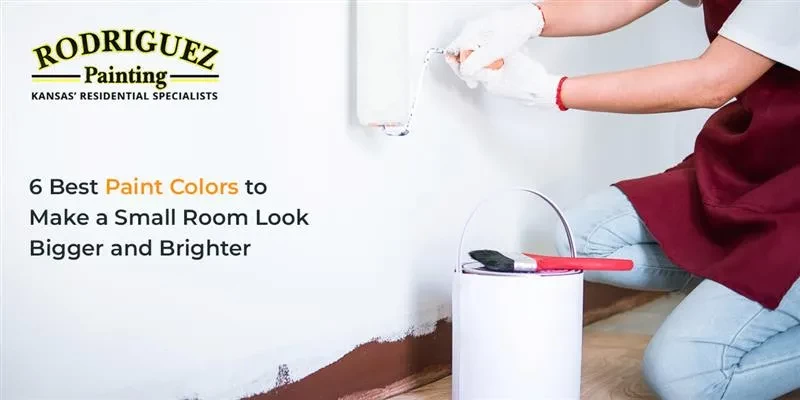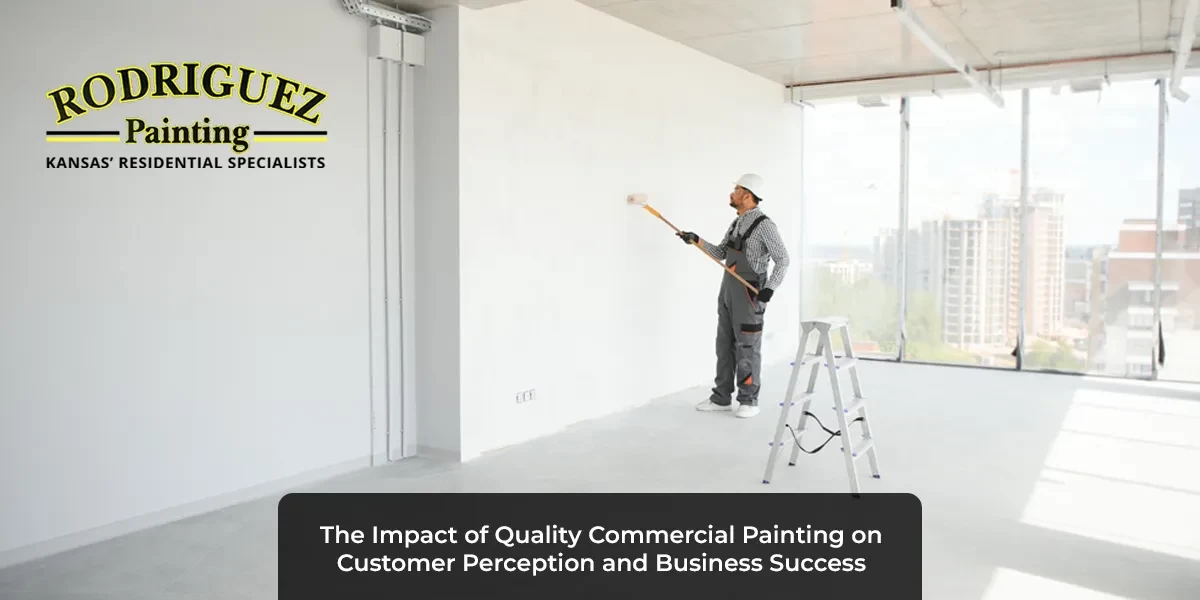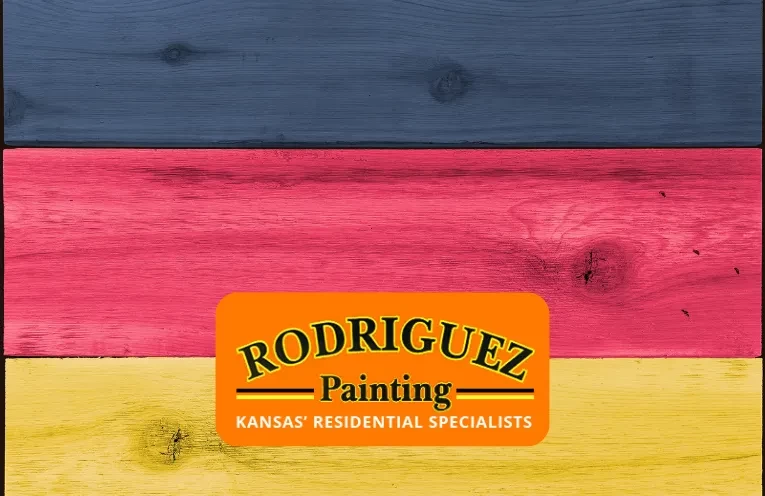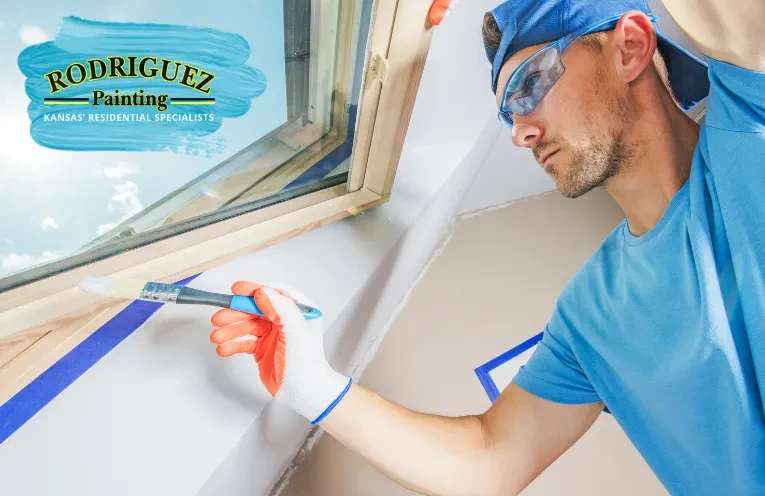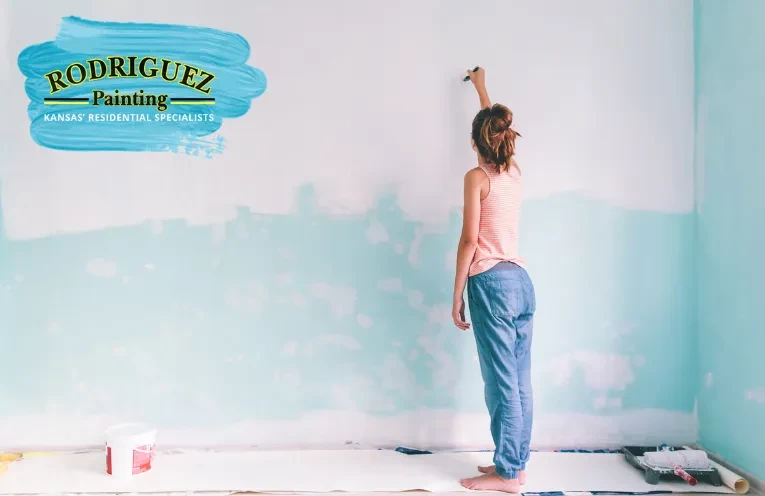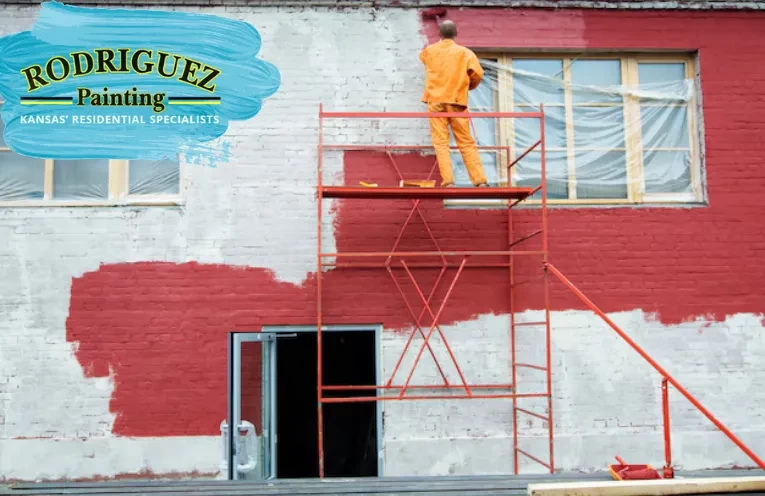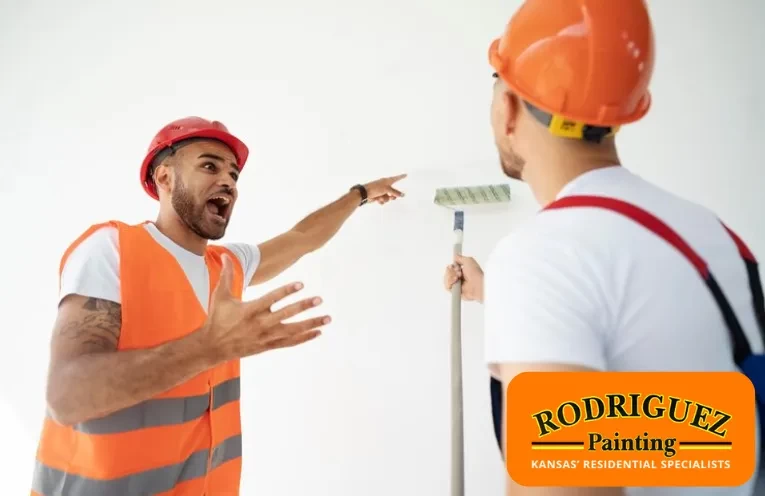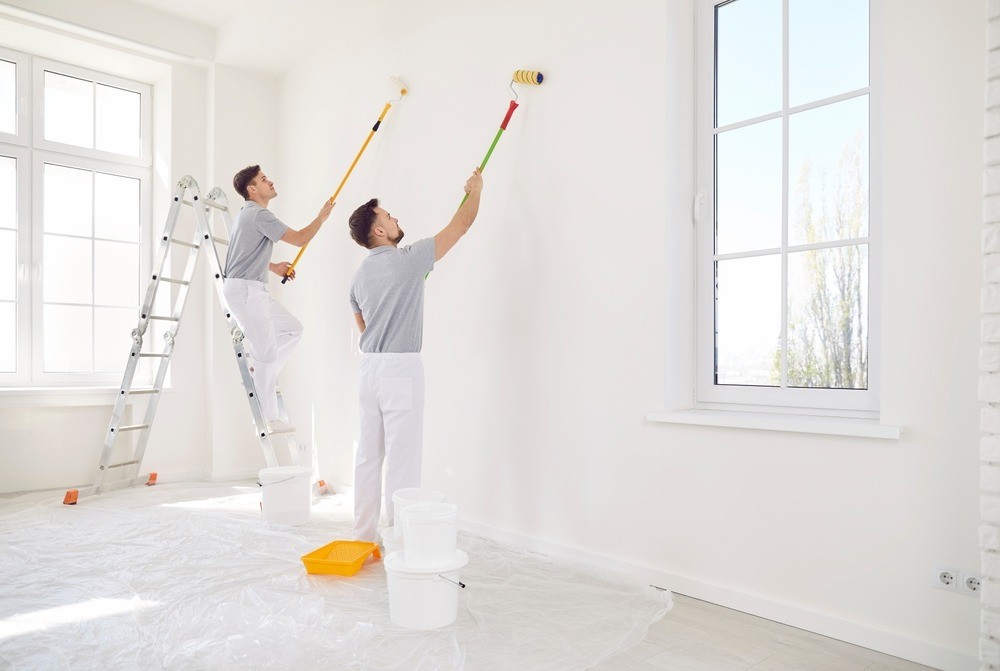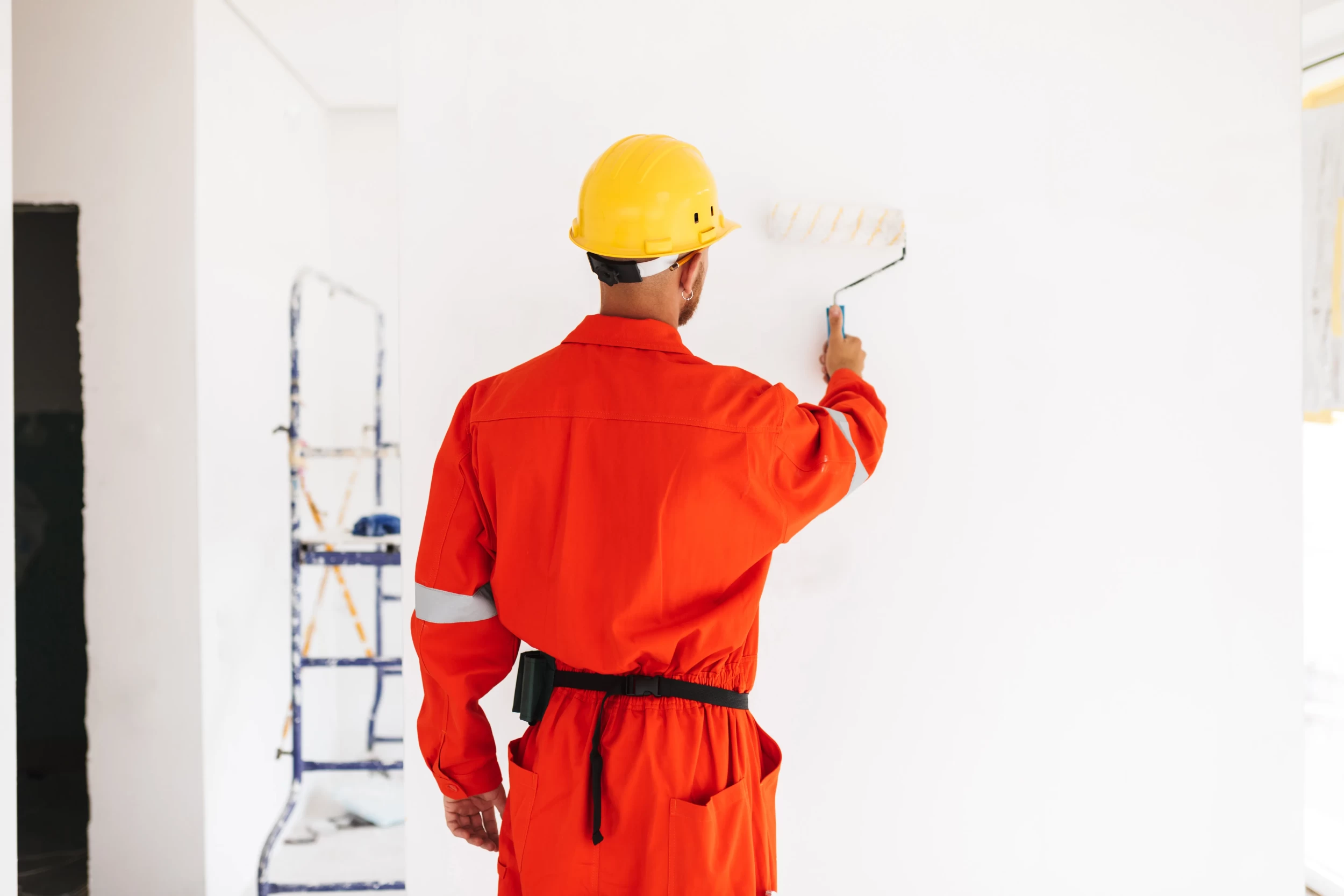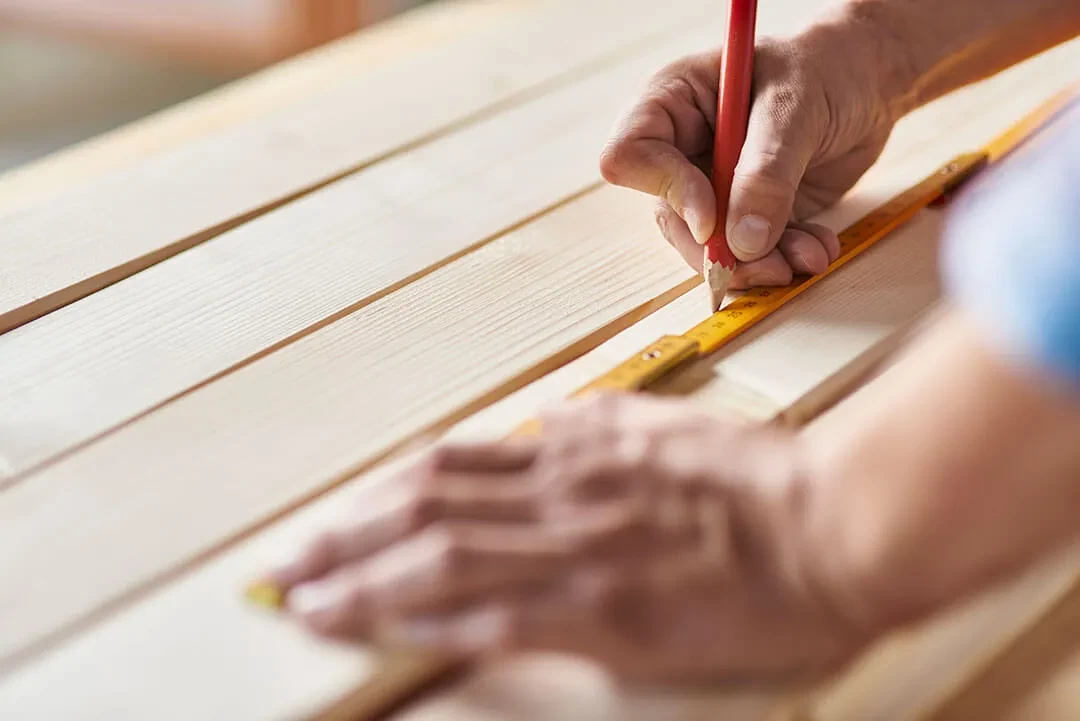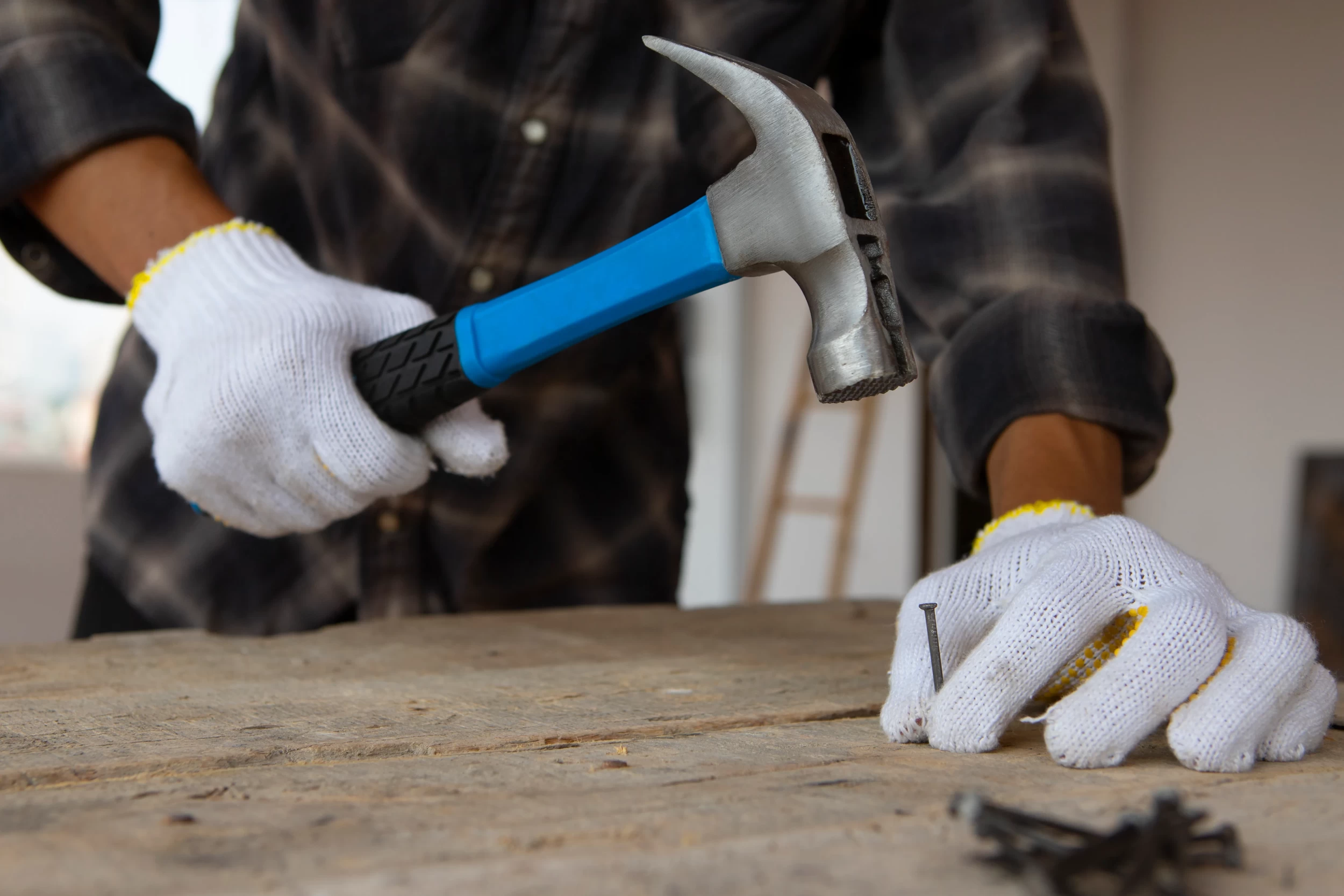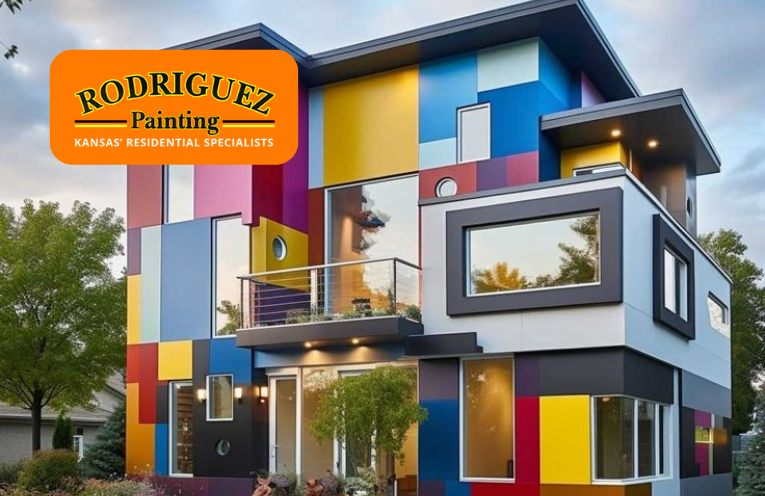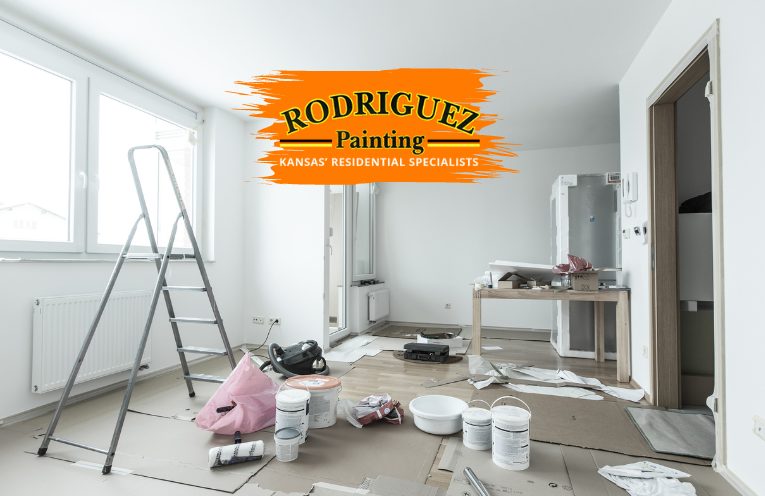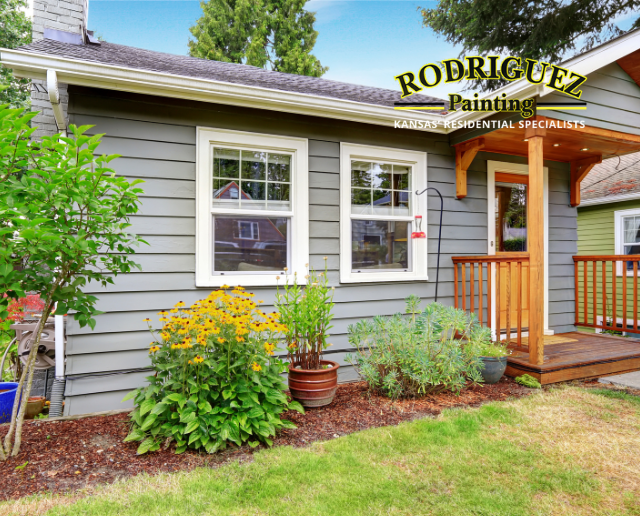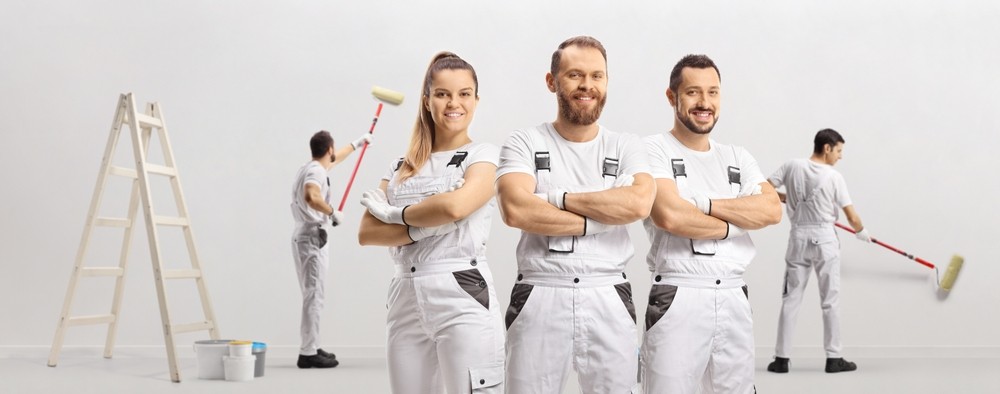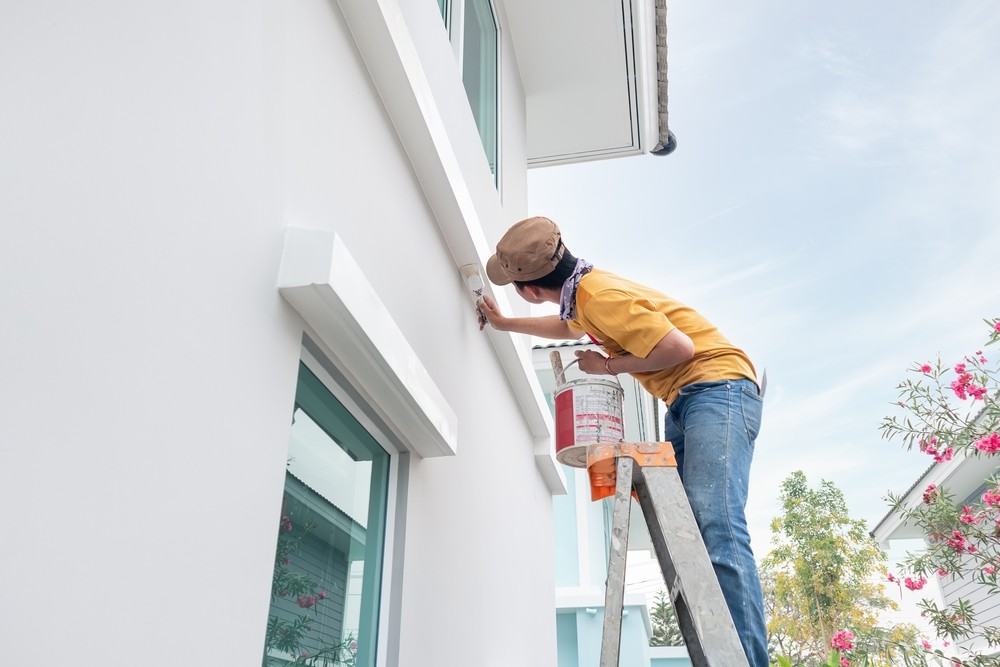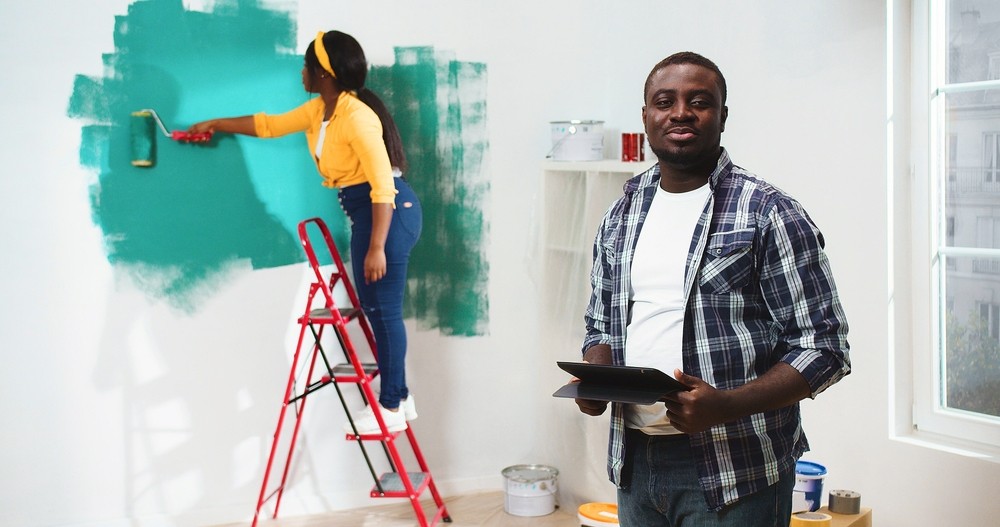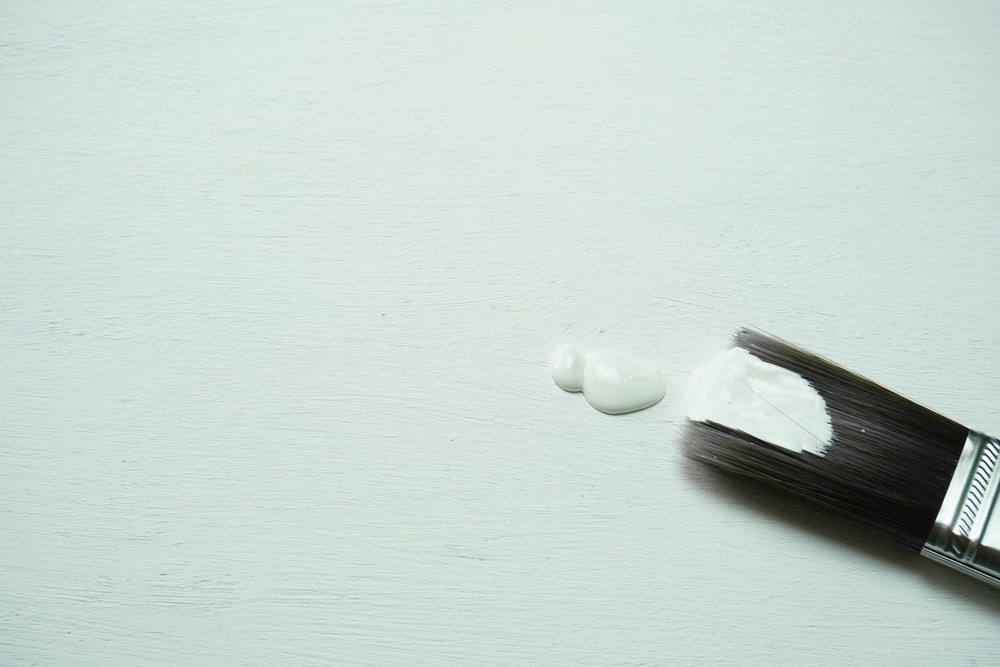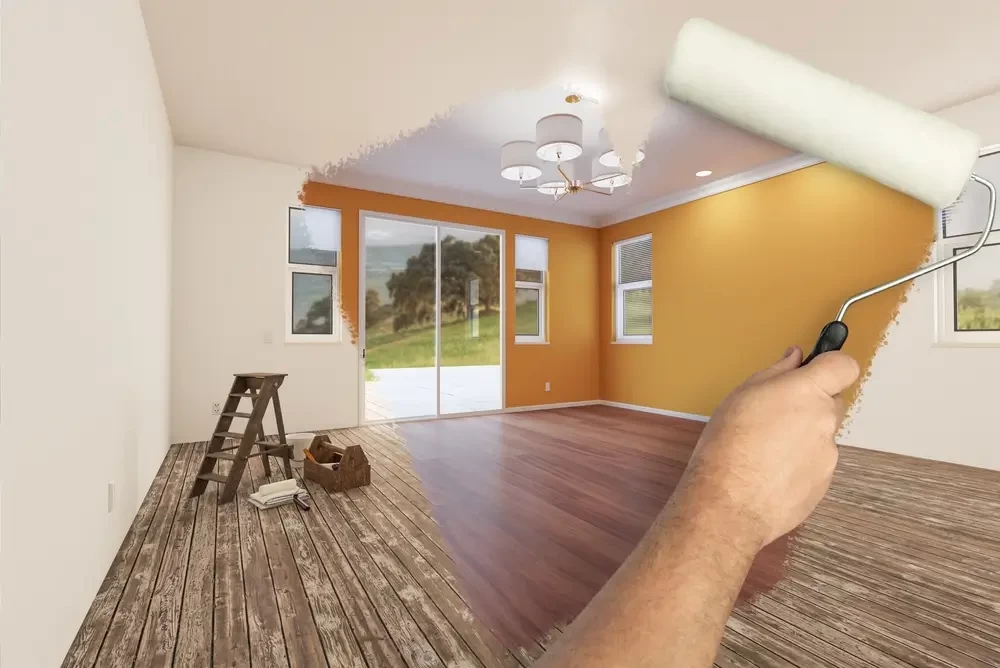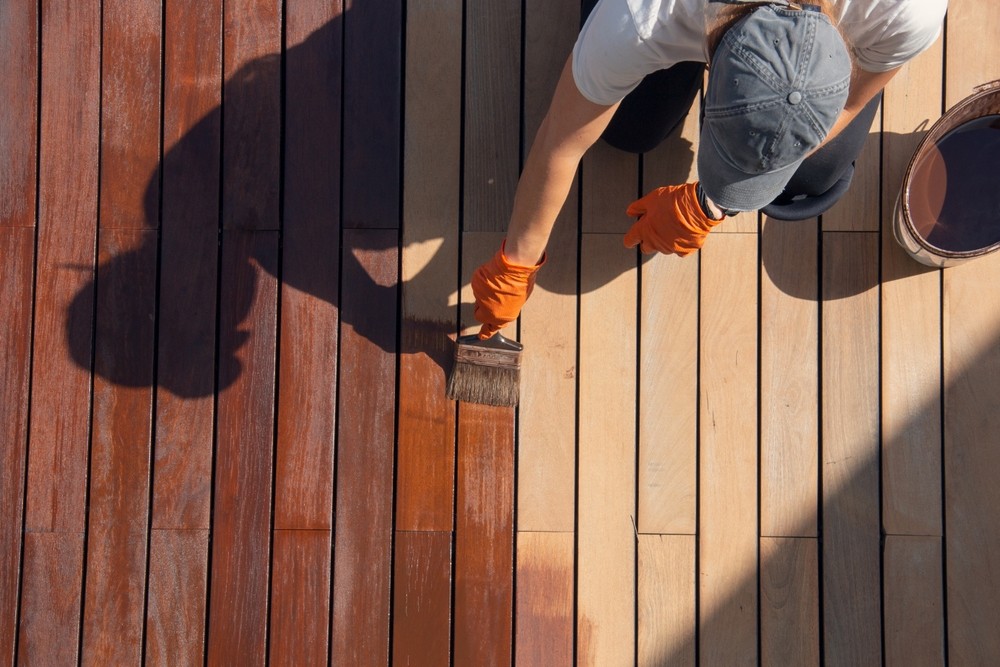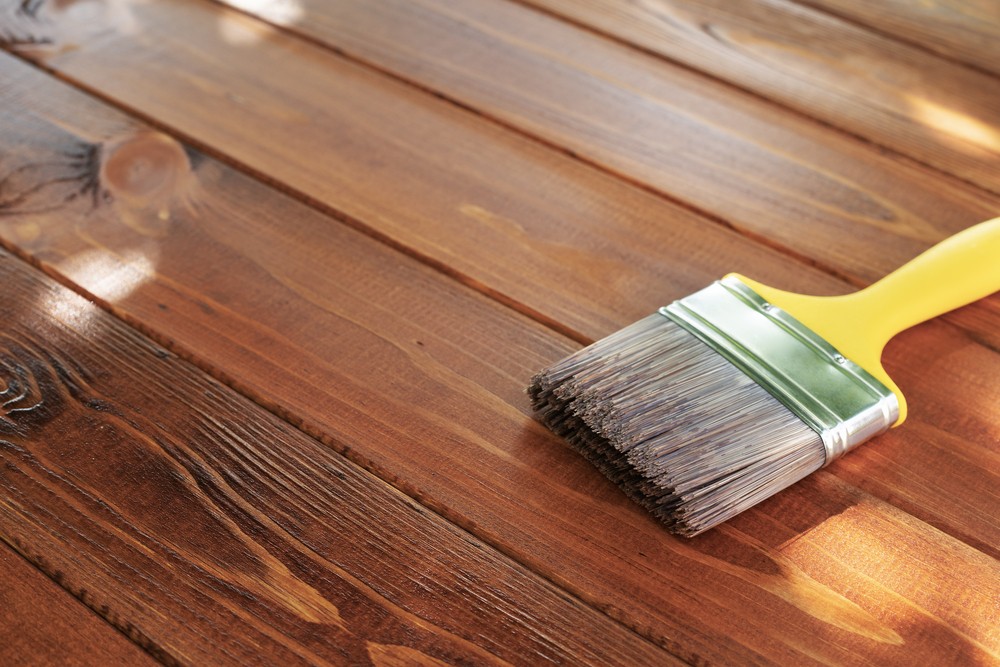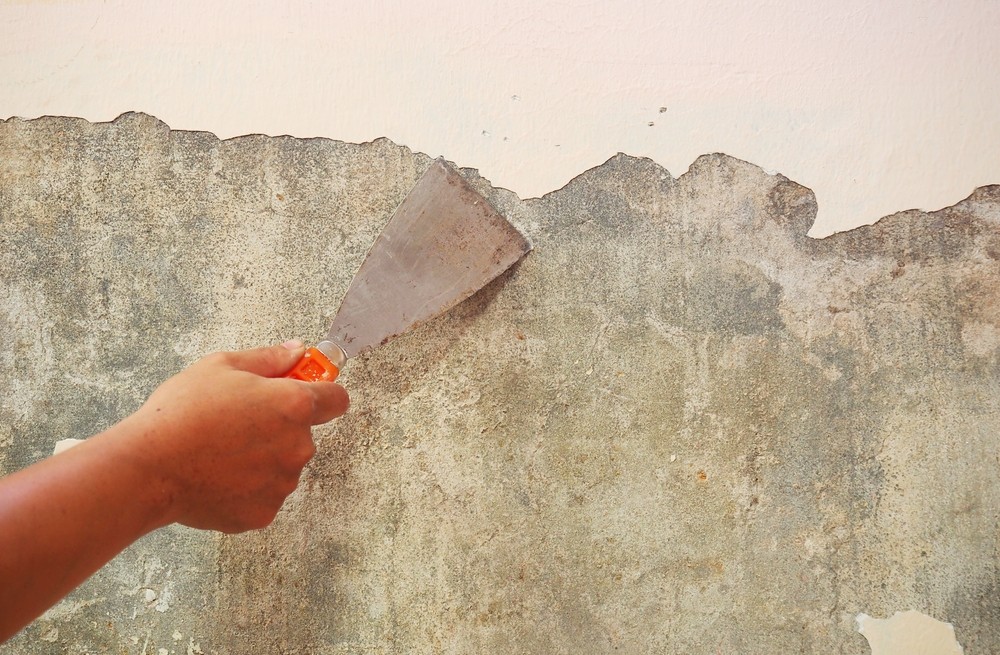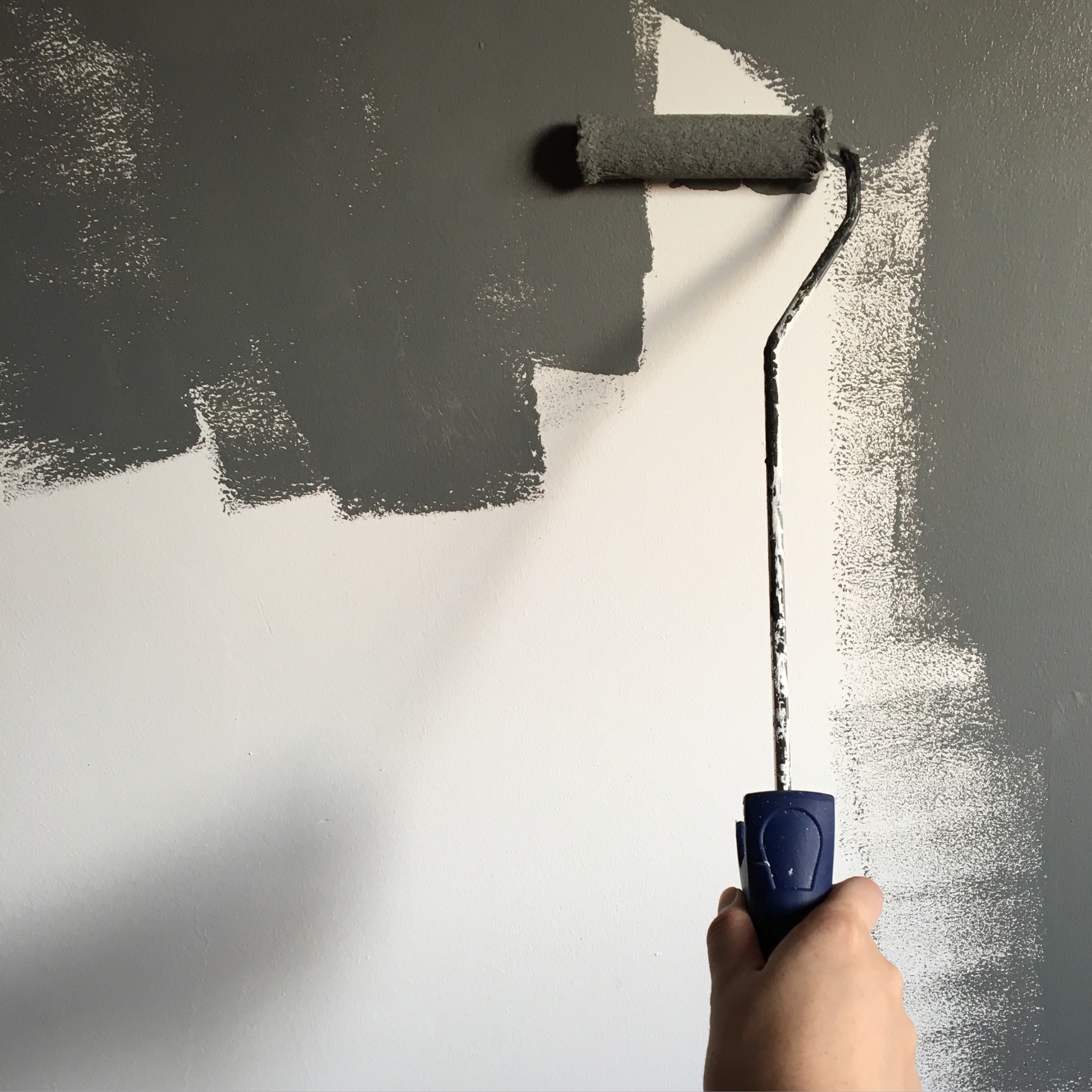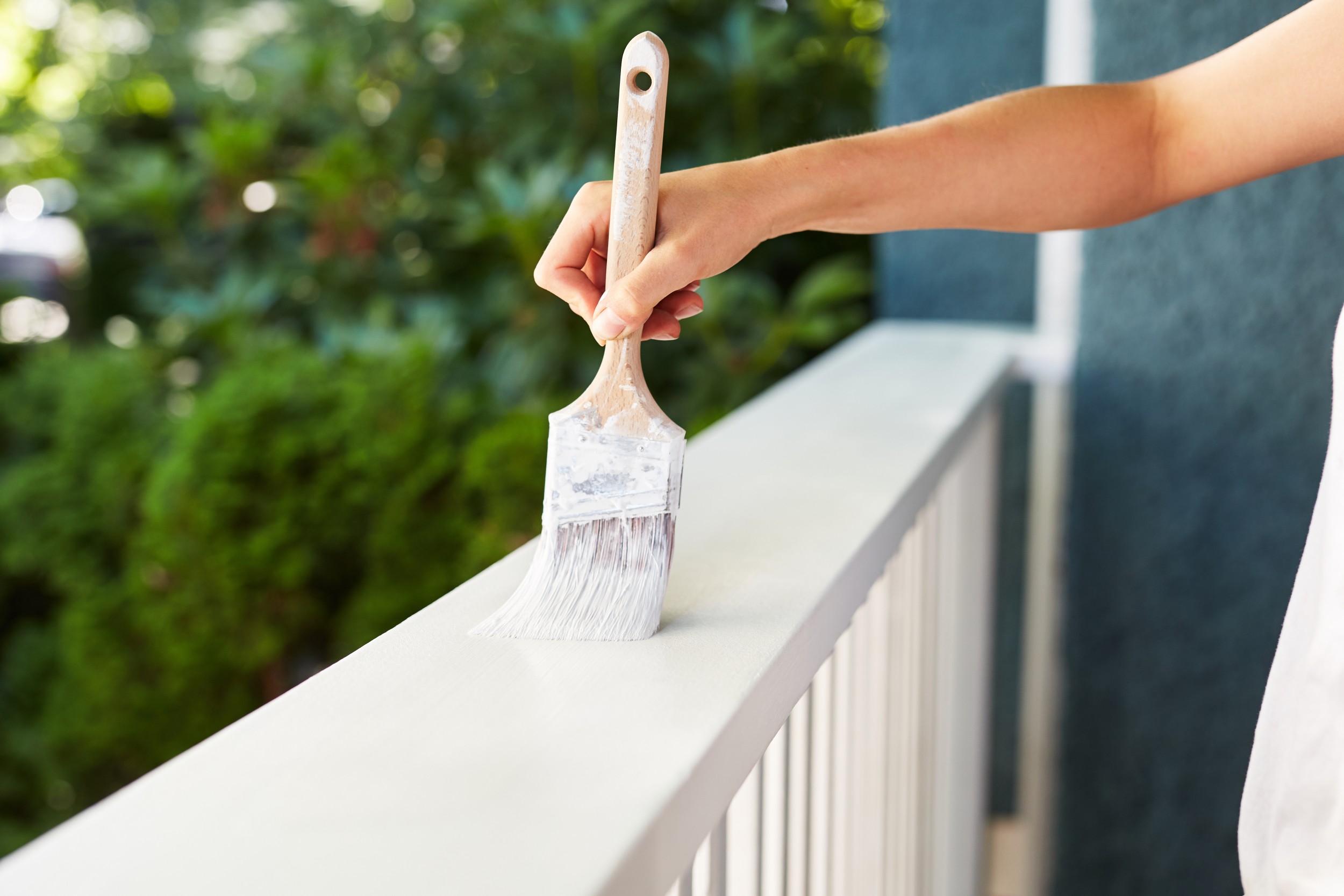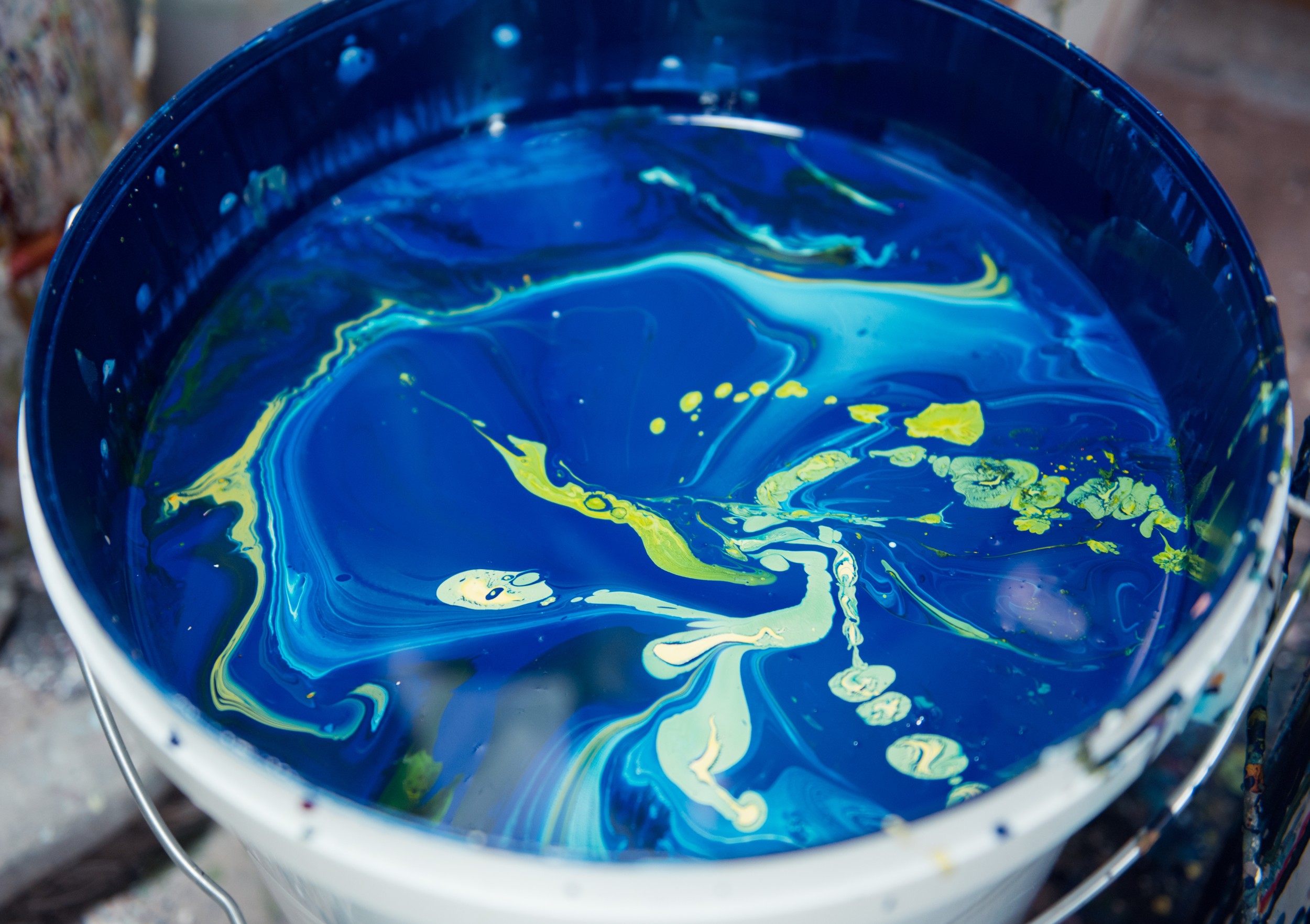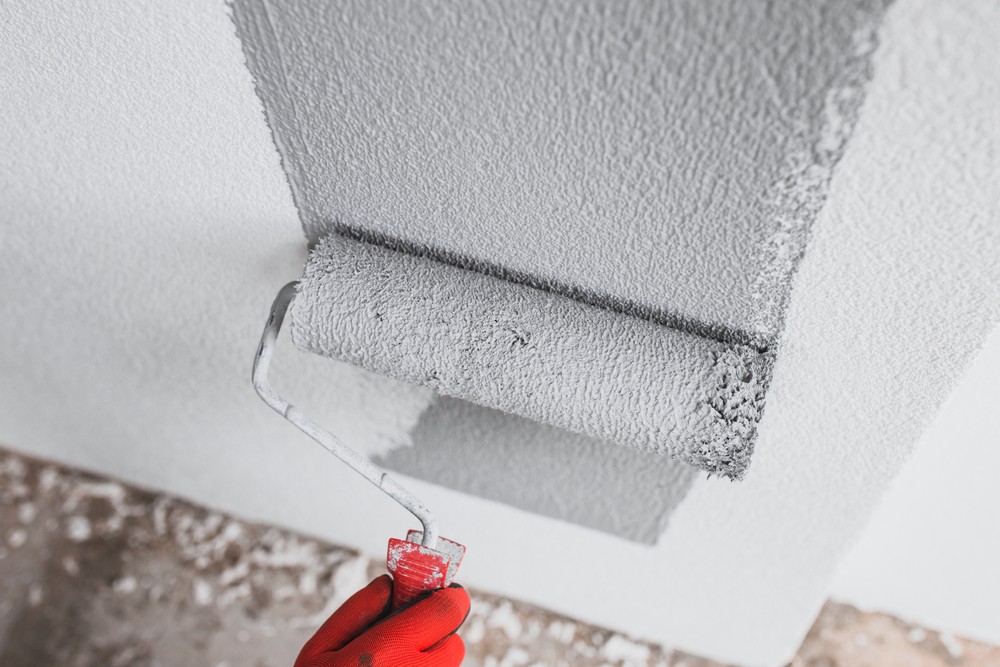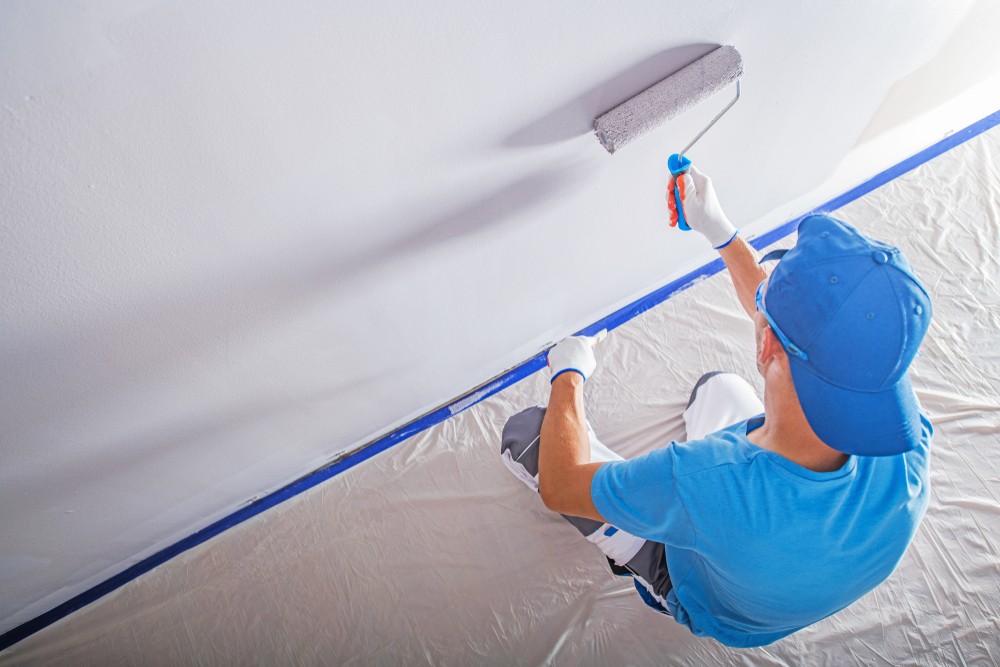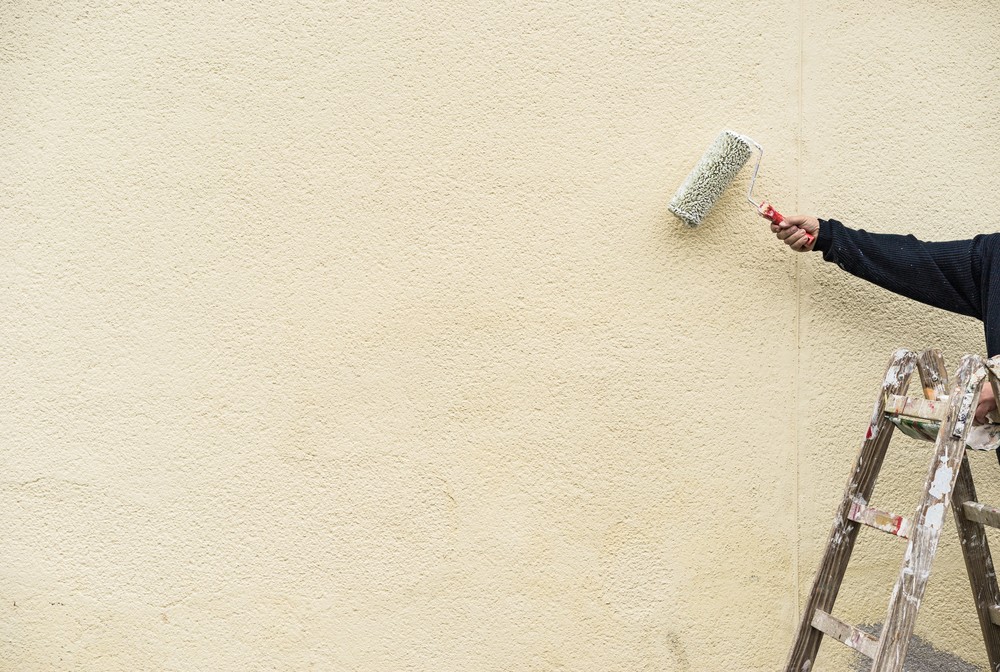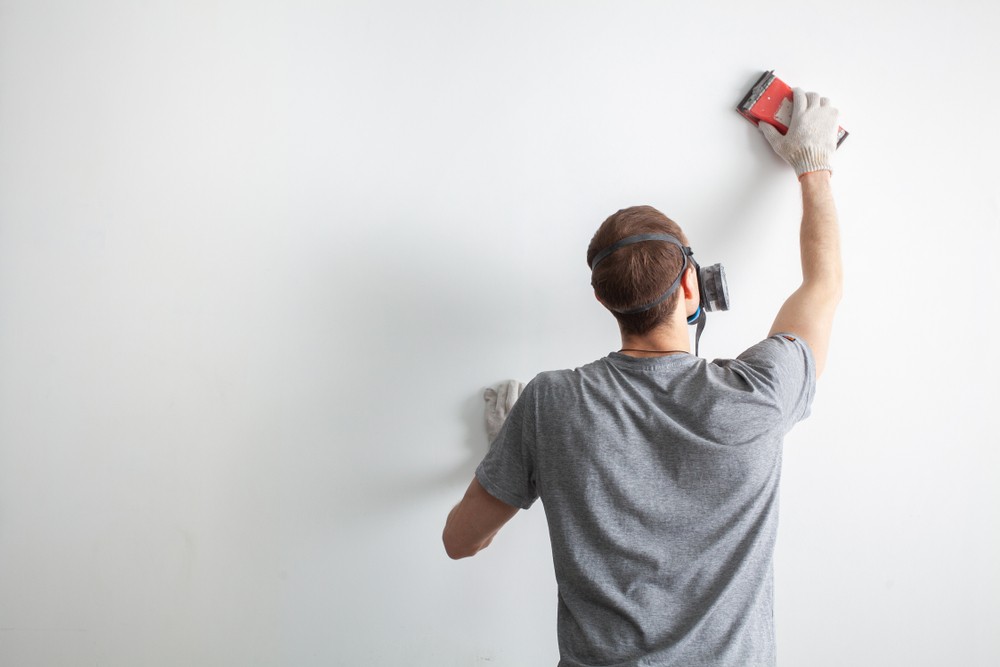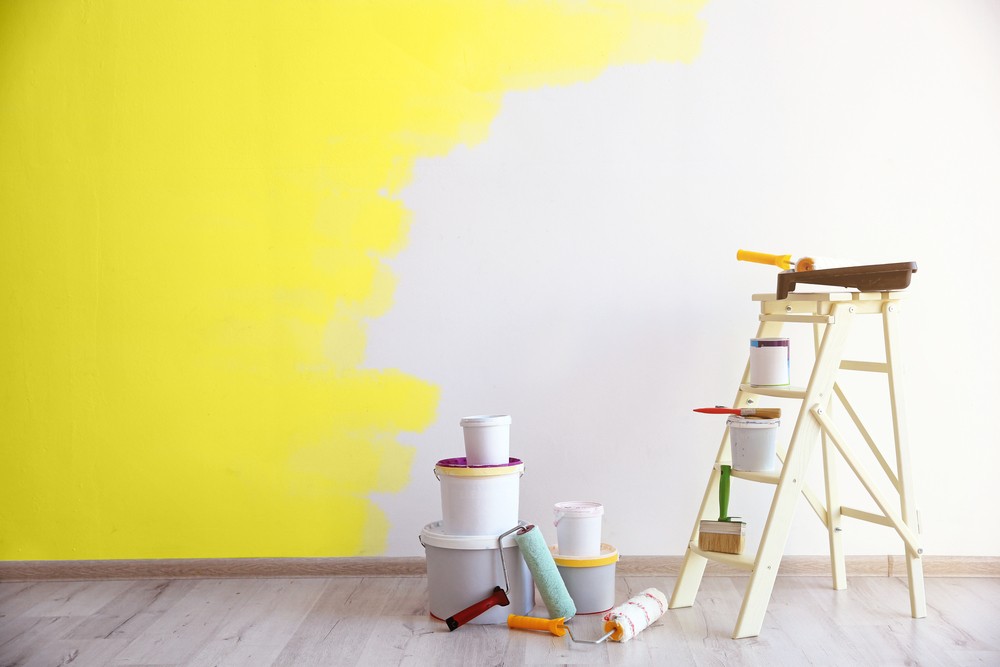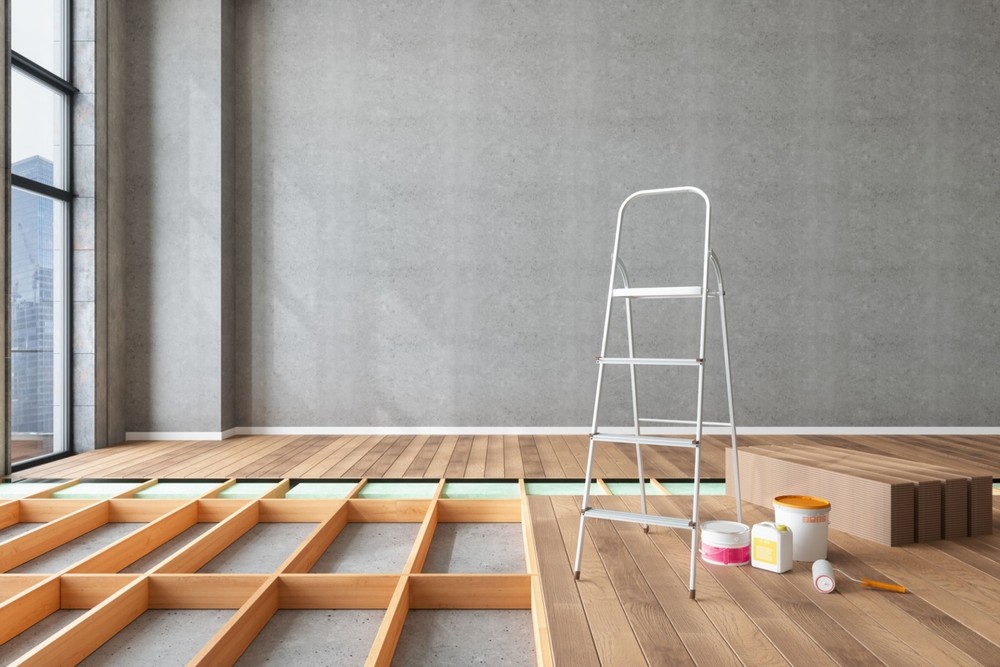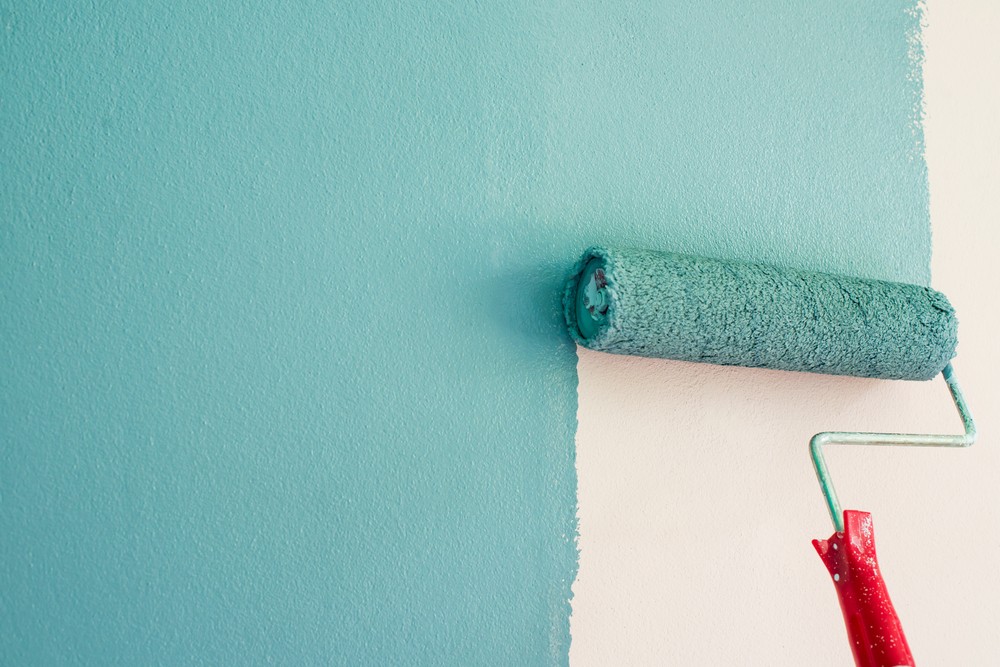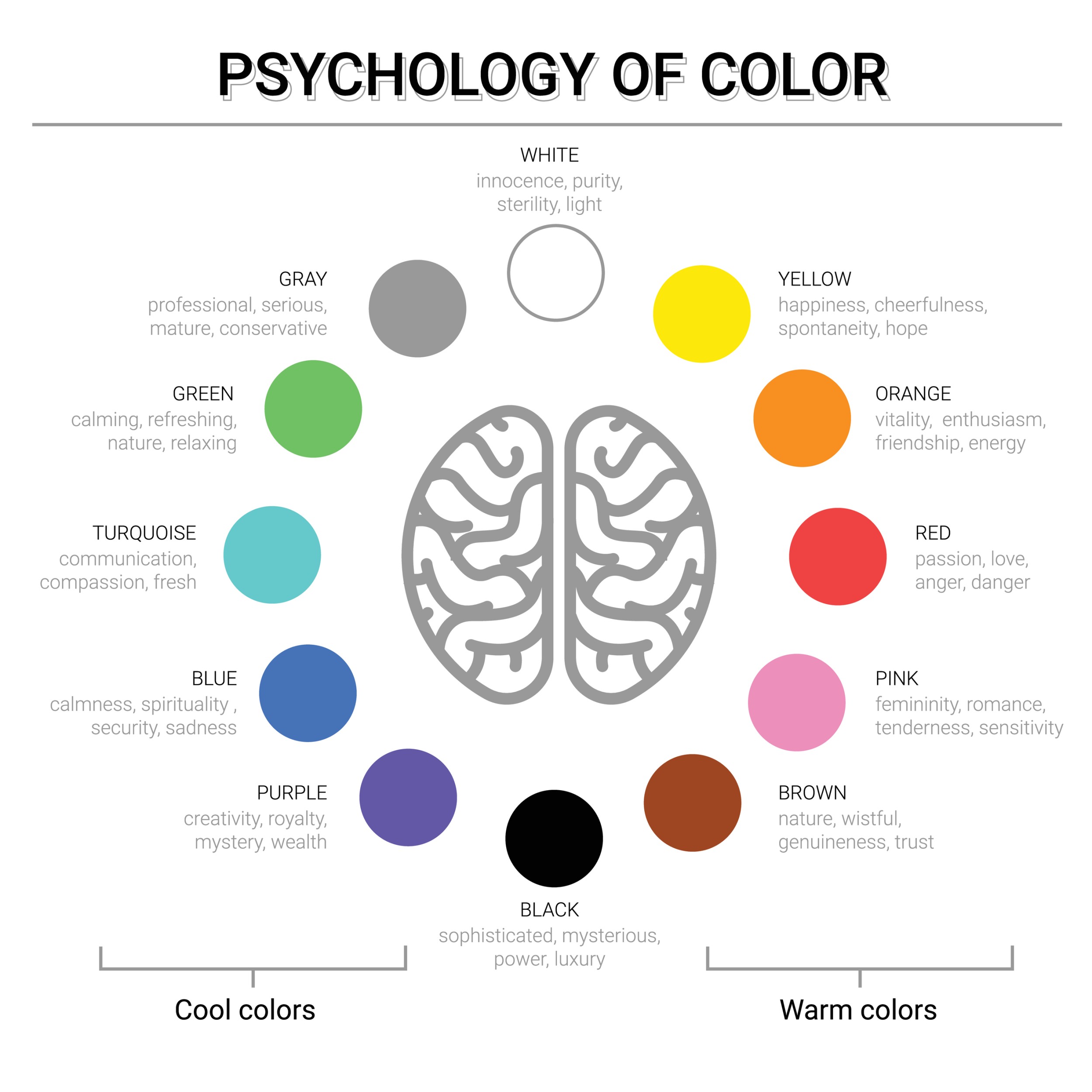
In a yellow room, do you feel anxious? Is blue a hue that soothes and relaxes you? For a very long time, color has been thought to profoundly impact moods, sentiments, and emotions by artists and interior designers. Pablo Picasso famously said, "Colors, like features, follow the changes of the emotions.
Being able to convey movement, affect emotion, and even have an impact on physiological responses makes color a potent instrument for communication. Physiological effects such as elevated blood pressure, accelerated metabolism, and eyestrain have been linked to certain hues.
This article explains color psychology and the physiological and psychological effects of color. It also includes research on the impact of color and possible psychological effects.
Understanding How does color psychology work?
The study of how favored hues affect behavior is known as color psychology. Cultural differences exist in the meanings, implications, and psychological effects associated with certain colors. Color psychology can be influenced by individual preferences in addition to cultural variations. In color psychology, ideas such as color perception and the impact of color combinations are investigated through the practical application of color theory, which is the mixing and matching of different hues.
Specific Colour Effect on Mood
Each color imparts a specific effect on mood. Some of them are given below.
Red
What comes to mind when you think about red? Maybe a passionate relationship, or high vitality. Red is a striking hue that is frequently connected to passion, love, and excitement.
Not only is red visually exciting, but it may also accelerate the release of adrenaline and elevate heart rate. Because of this, it's a great option for goods or settings where you want to arouse urgency and excitement.
Blue
Many shades of blue elicit a range of feelings, from calm to aloof. Dark blue colors, for instance, might evoke feelings of isolation and detachment in observers. Pale blue tones convey both trustworthiness and a relaxing influence. To calm down the nervous patients, medical offices frequently paint their walls a light blue color. When it comes to marketing, companies employ light blue hues in infographics, logos, and website designs to create a trustworthy and dependable corporate identity.
Green
Green is a shade that is associated with nature and creates feelings of freshness and tranquility. You may create a peaceful and positive atmosphere by surrounding yourself with green accents since green hues reflect a range of earthy tones. However, in other literary contexts, green denotes sentiments of disdain and envy.
Violette
According to historical perceptions, purple is associated with money, power, and monarchy. Purple color palettes are also associated with imagination, creativity, and inspiration. Soothing colors include lavender and other pastel tints of purple.
Yellow
Known for its brightness and lightness, yellow is a hue that exudes positivity and energy. Yellow attracts the eye due to its intensity and brightness, which may have both good and bad consequences. Though the color yellow is cheerful due to its brightness, too much of it—especially in hues with a high saturation—can strain the eyes and make you feel irritated.
Does Color Impact on Mental Health?
Color theory sometimes referred to as chromotherapy or color healing, postulates that certain colors and their frequencies affect your emotions, thoughts, and behavior on a physiological and psychological level. For instance, someone who is anxious or agitated may gaze at blue to relax and slow their pulse rate, while someone who feels down may look at reds and yellows to get more energy.
Simple exposure is how color psychology operates (e.g., surround yourself with orange to improve your energy). During a guided treatment session, a professional may separate certain color light wavelengths using projectors or specialty lightbulbs.
Since the ancient Egyptians, color theory has existed in one form or another. It could originate from Eastern therapeutic techniques such as chakra balance, in which a distinct color is connected to each chakra (the body's energy reserves).
Small Modifications Have a Big Effect
Users' perceptions of color can be significantly impacted by even little adjustments made to its exact hue. For instance, light blue may be serene and quiet, bright blue can be contemporary and vivacious, while navy blue is seen to be faithful and traditional. They're all "blue," but there's a big difference in the hue when you add black or white.
The same holds for the combination of colors. On the color wheel, red and green are complimentary hues, so placing them close to one another may produce an eye-searing vibrating effect. However, if you make the green more of a jewel tone and the red lighter to pink, you have a dramatic and unusual color scheme that is instantly recognizable and eye-catching.
The Effects of Colors of Your Space on Mood and Behavior
Colors are effective tools for affecting mood and behavior because they have unique psychological qualities that may evoke different reactions from people. This is the fundamental idea behind the psychology of paint colors to emotions.
For example, blue is a great color option for bathrooms and bedrooms since it is tranquil and soothing and is typically connected with the sky and sea. Conversely, yellow, a color associated with sunshine, may evoke sentiments of joy and optimism, making it a great choice for kitchens and dining rooms.
Moreover, it's thought that some colors affect the synthesis of serotonin, a hormone linked to emotions of happiness and wellness. Milder tones of pink, green, and blue are believed to encourage serotonin release, which improves mood.
Before investing time and money in repainting your home, keep in mind that color theory isn't always reliable. Accent items and metallic hues (such as gold and silver) are chic methods to encourage enthusiasm or inventiveness. Add some metallic accents to any space that might use a little extra vigor.
Conclusion
Color psychology is a potent tool that can be used to evoke strong feelings, make statements, and design spaces that speak to our most primal needs. When redesigning your living space, a careful consideration of color psychology may lead you to decisions that improve your life. Thus, embrace the color wheel, express yourself, and let your surroundings create a work of art that is rich in meaning and emotion.


